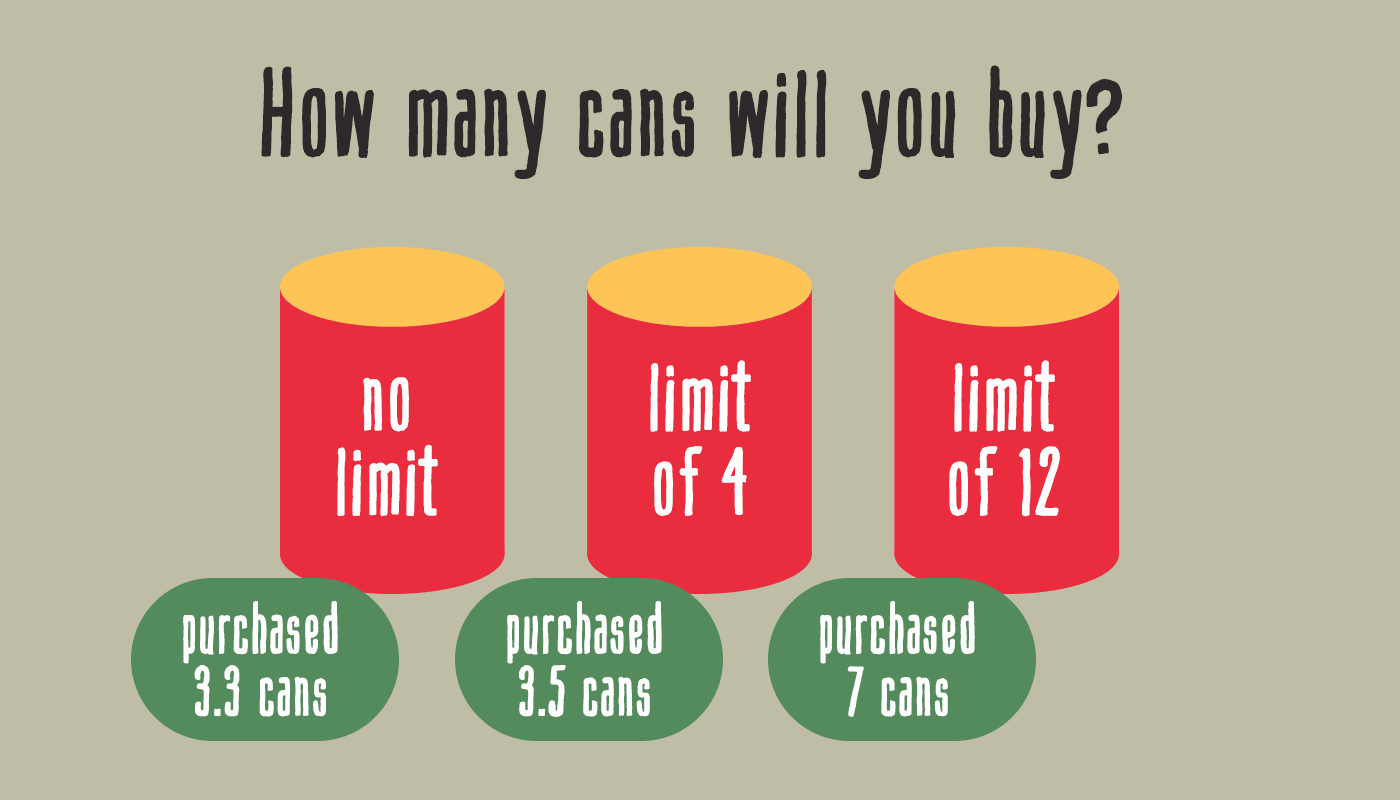Category: Communications
-

Easy is hard
On the Design in Government blog, John Newton has written about creating Easy Read content. So, to clear things up, easy read is used mainly by people with learning difficulties. It uses pictures and text to convey meaning. He created prototypes and conducted user research on them with real users. The insight was invaluable. It’s…
-

Big words are big, but they’re not clever.
Some industries have an affection towards using big words. Sometimes they’re necessary (a type of lumbar surgery needs to be referred to as a laminectomy). But if they’re not, then using them can have the opposite effect. Describing familar ideas with pretencious language can be taken as a sign of poor intellegience. Below is a…
-

Interview with Dave Trott
Dave Trottis an exceptional person. Born in east london, found his trade in New York, and built his reputation as an advertising master back in England.
-

User centred design, the GDS way.
I was recently in Brighton where the city council hosted a Government Digital Service session on user centered design. Here are things I found most interesting.
-

The power of context in UX
uxplanet.org has a tidy summary of 7 principles which can be applied to digital service design to influence people’s behavoir.
-

Tips for young designers (or young people in any career)
David Airey’s blog has a nice excerpt from small NYC based design firm Sagmeister & Walsh’s answers page. The section on advice for students gives the following tips for young designers, but they’re applicable to starting out and succeeding in most professions. The parts that most ring true to me are: One of the most valuable things you can do…
-

Two new old tools – Mindmup and Tricider
Here’s two free online tools which do something you’d usually have to pay for. They’re not new, but they’re new to me.: Brainstorming/mindmapping/cloud thinking Whatever you call it, there’s often the need to get a load of ideas or thoughts out of your head and onto paper (or screen). www.mindmup.com is a free web tool and app which lets…
-

Don’t be offended if I’m not offended.
New York designer SwissMiss posted an interesting video about being offended – how the ability to be offended is a relatively recent privilege for the masses, while also questioning what being offended can achieve. [youtube]https://www.youtube.com/watch?v=Bb2mVGE63YU[/youtube] Found at http://www.swiss-miss.com/2015/08/im-offended.html
-

The value in what’s free or hidden
I’ve spent my career in the charity and public sector, where services are often offered to those in need for free at the point of delivery. This can present an unappreciated problem – if something is free, how accurately is it valued? Over recent weeks I’ve read a few articles which have looked at issues…
